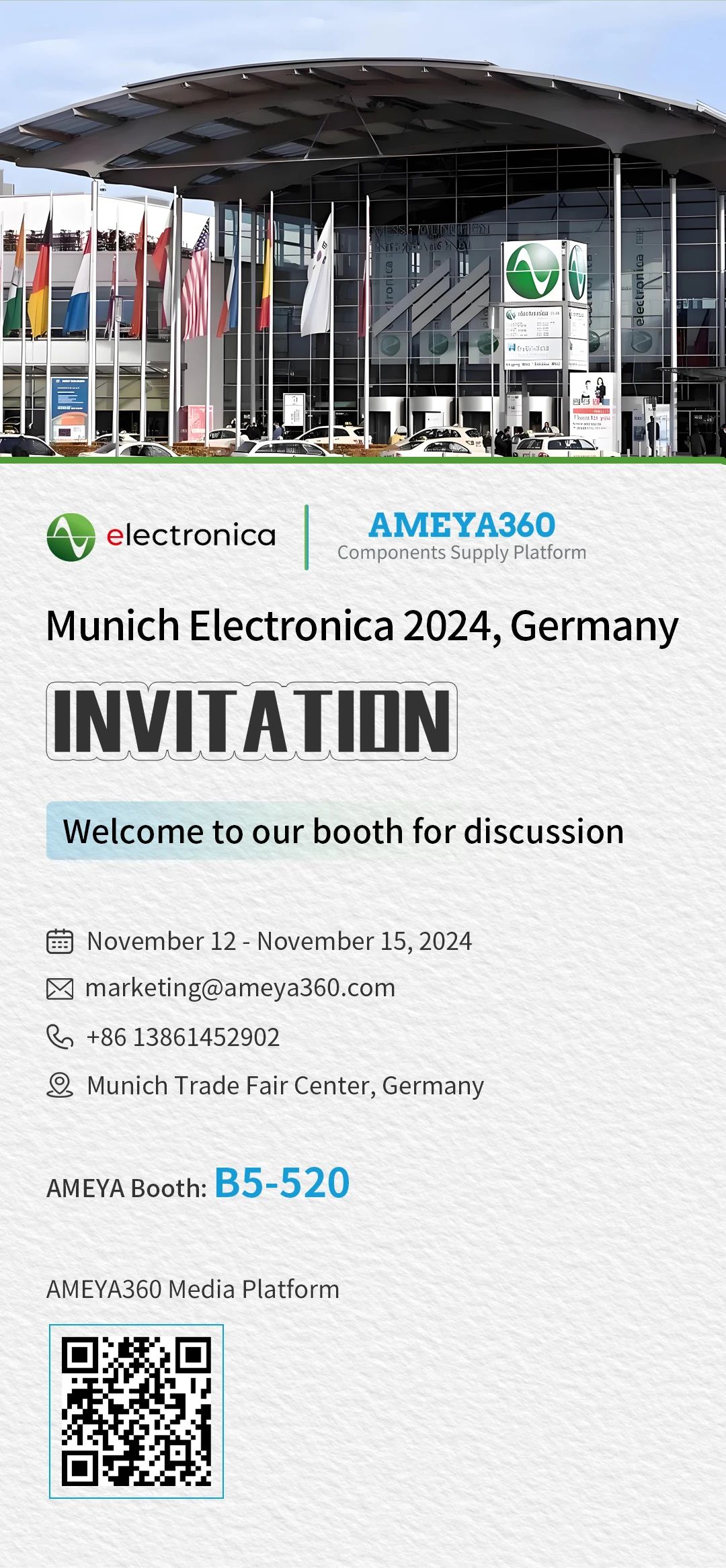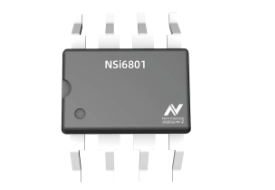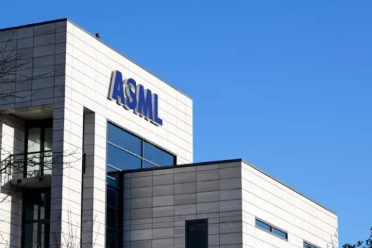- Ameya360 Component Supply Platform >
- Trade news >
- Ameya360:Lithium Batteries for EVs: NMC or LFP?
Ameya360:Lithium Batteries for EVs: NMC or LFP?
Among the many commercial battery technologies, lithium-based batteries excel in the two primary energy-storage figures of merit, namely energy density by volume and weight. Of course, the term “lithium battery” really encompasses various chemistry and construction arrangements. Like all batteries, lithium-ion batteries have two electrodes: an anode and a cathode.
NMC VS. LFP
In electric vehicles (EVs), the dominant cathode chemistries are lithium nickel manganese cobalt (LiNixMnyCozO2, designated NMC) and lithium iron phosphate (LiFePO4 or LFP). Which is the better battery for EVs? As a general statement, NMC batteries offer higher energy capacity than LFP and so might seem to be preferred for EVs where range is a critical parameter, but they are also more expensive.
Cost comparison
How much more? That’s a difficult question to answer since the cost is highly dependent on the fluctuating prices of the underlying commodities which constitute the battery. (Note that “commodity” in this context does not mean “widely, easily available, with little price differentiation” such as light bulbs or even PCs; instead, it refers to a base material which rarely used in its raw form but which is used as a building block or key ingredient.) The iron-based battery cells cost less than the nickel-and-cobalt combination used widely in North America and Europe.
Along with energy density figures, another critical figure of merit for batteries is the cost per stored kilowatt-hour ($/kWh). Although the numbers fluctuate with the changes in commodity pricing, rough estimates are that LFP cells are in the ~$70/kWh range, a significant 30% less than NMC cells at ~$100/kWh.
As part of the effort to build a more affordable electric car, automakers are turning to that lower-cost battery type, but it also delivers less driving range, a major concern in some regions and a much smaller one in others. Several car companies plan to increasingly deploy LFP batteries in the U.S., and they are commonly used in China, the world’s largest market for electric cars.
MARKET FORECAST FOR EV BATTERIES
LFP batteries already comprise 17% of the global EV market and represent a potential path for the mass market, according to the AlixPartners 2022 Global Automotive Outlook (Reference 1). Tesla announced in October 2021 that it was switching to LFP batteries for its standard-range models (Model 3 and Model Y), while retaining the NMC cells for longer-range models. Rivian Automotive, Inc., an emerging maker of smaller electric trucks that is getting lots of Wall Street and other attention will be using LFP batteries in their vehicles.
The forecast for the various battery types is hazy, typical of all such predictions. The conventional thinking was that the “better” NMC batteries would dominate the EV market, but that wisdom may be somewhat incorrect. A report from ARK Investment Management LLC indicates that continued cost declines, nickel supply constraints, and improving EV efficiency should propel the market share of LFP cells from roughly 33% in 2021 to ~47% by 2026, Figure and Reference 2. (Of course, there are countless such forecasts out there and you can undoubtedly find one which provides the answer you are seeking if you have an agenda!)

Among the many available forecasts, ARK Investment Management LLC projects that the market share of lower-cost LFP batteries will grow from roughly 33% in 2021 to about 47% by 2026.
Among the many available forecasts, ARK Investment Management LLC projects that the market share of lower-cost LFP batteries will grow from roughly 33% in 2021 to about 47% by 2026.
Of course, all these forecasts have to be taken with a huge grain of salt, as the cliché goes. For example, the equity analyst who leads global EV battery research at UBS Group AG, now expects EVs equipped with LFP batteries to account for 40% of the global market by 2030, up from a previous forecast of 15% (Reference 3). (Incidentally, this is an excellent example of forecasters saying, “oh well, never mind what we said then”!)
Online messageinquiry
- Week of hot material
- Material in short supply seckilling
| model | brand | Quote |
|---|---|---|
| MC33074DR2G | onsemi | |
| RB751G-40T2R | ROHM Semiconductor | |
| BD71847AMWV-E2 | ROHM Semiconductor | |
| CDZVT2R20B | ROHM Semiconductor | |
| TL431ACLPR | Texas Instruments |
| model | brand | To snap up |
|---|---|---|
| BP3621 | ROHM Semiconductor | |
| ESR03EZPJ151 | ROHM Semiconductor | |
| IPZ40N04S5L4R8ATMA1 | Infineon Technologies | |
| BU33JA2MNVX-CTL | ROHM Semiconductor | |
| STM32F429IGT6 | STMicroelectronics | |
| TPS63050YFFR | Texas Instruments |
- Week of ranking
- Month ranking
Qr code of ameya360 official account
Identify TWO-DIMENSIONAL code, you can pay attention to


Please enter the verification code in the image below:


























